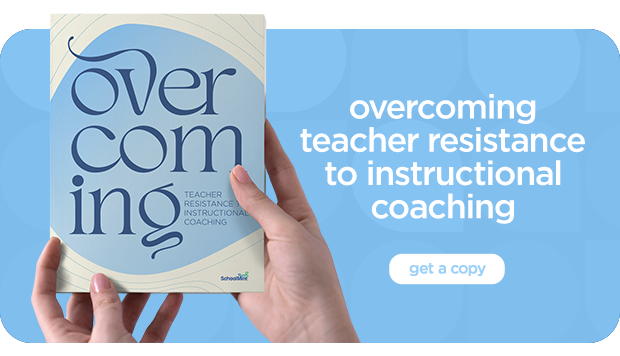Good instructional coaching is composed of three touch points:
- Classroom observations
- Coaching meetings
- Action steps
Strong instructional leaders use these touch points to build trust, accountability, and momentum across their school. Instructional coaching is about meeting teachers where they’re at, then working together to get them where they need to be.
From a school-wide perspective, coaching represents the gateway to the growth of your school.
Happy, supported teachers provide the energy that fuels that growth because they are, with your guidance, improving their practice every week.
But if your teachers are unhappy, either because they feel disconnected from their leadership or they aren’t being supported to grow professionally, the ability of your school to grow becomes limited.
Creating a Culture of Feedback
When you build a culture of coaching in your school, you provide growth opportunities for all teachers, no matter where they are in their careers. Classroom observations are no longer only for end-of-year performance appraisals.
Coaching meetings are no longer scary, corrective interactions for new teachers. Action steps are no longer reserved for those on improvement plans.
Each classroom observation, coaching meeting, and action step now presents an instructional leader with the opportunity to:
- Support teachers
- Challenge teachers to grow professionally
- Honor them for their contributions to student and school outcomes
Ultimately, this builds a stronger, more positive school community where everyone looks forward to showing up.